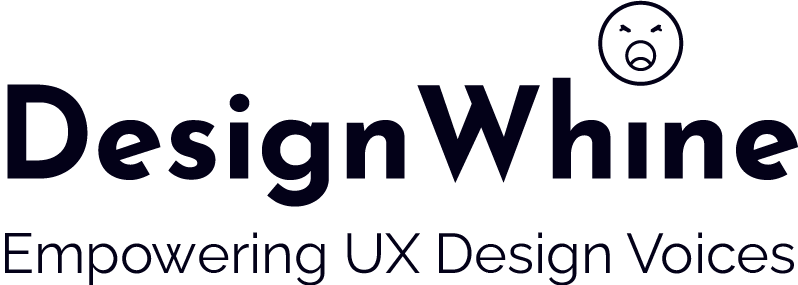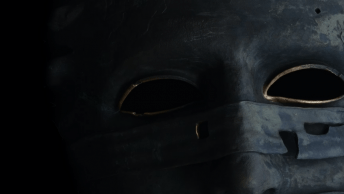A ‘design toddler’ reflects on her self-taught design journey and shares some insights
An artist to engineer to a designer, this trail pretty much sums up my journey so far. I am sure this path does not sound very unique these days, with so many engineers making their breakthrough into the design field., however, what sets one apart is the quality of learning and one’s work.
Almost all enthusiasts have access to the same resources but what makes the difference is what one chooses and how one makes the best use of it.
I am a 5-year-old-engineer and an adult artist, but I would be happy to be called a design toddler. And through my journey of transition to design, I have had to make many a tough decisions that helped me gain discipline and ultimately grow as a designer.
Here are a personal few which made me reach where I am today –
Design Events
Until 2018, I was a passionate artist, who used to be in awe of every aesthetic piece of art. I really enjoyed spending my time on digital and analogue art. Roughly around this time, I started exposing myself to the design conferences and community events with an aim to learn more about the field. As I came in contact with people from a plethora of backgrounds yet similar aspirations and achievements, I started envisioning a path for myself to do more of what I really enjoyed doing.
The story of every industry expert reaching a successful stage in their design career was always backed by a lot of hard work and failures. And this used to fill me with positivity. It was here that I realized that not every successful designer today has got it as legacy. Failing often would set one right for success.
A UX Project
After this initial, almost co-incidental, exposure to the design industry, I picked up a UX project to apply my technical knowledge, artistic know-how and industry experience into consumer software products all in conjunction to solve a user problem.
Constantly experimenting with a quantity of ideas to solve a problem and going back to different stakeholders to gather their feedback was building me up for my journey. My early attempts at design had bits of positives and an equal share of negatives. We generally look forward to the good stuff but I accepted the negatives as a valuable indication of what areas I needed to work more on. So by the end of this phase, I had an understanding of how one has to work with stakeholders (and not do everything on your own) and what are the actionable areas of improvement to hone my skills and get better at this game.
Building On Foundational Skills
Post a few not-so-successful project stints, I unlearned most of what I had applied on the project and went back to finding the right course for learning the basics of design. We have so many courses at our hands these days, courtesy of the internet, that it often feels overwhelming to make a decision which one to opt for. I took a while on this search and was firm on my expectations from the course. I wanted to go for a course which would give me enough flexibility to take it alongside my job. While that’s well fulfilled by most of the online learning platforms, the thing they lack is the presence of a mentor, a coach and peers to voice out your ideas to. Hence self-paced video-based courses were a no for me.
Then there are some design academies which offer you a few months of classes and a number of case studies on your portfolio. One has to be very careful here of what the intention of such places are. Are they just minting money and promising you a templatized portfolio with a placement at any mickey mouse company or are they really promising you real knowledge. Ultimately the diligence to work and apply concepts has to be your own and no course can make you do that.
After a five month long hunt, I was finally able to find myself an online course, which had remote weekend live lectures, an ideal 10-15 batch strength and additionally, my coach had planned the lessons coupled with hands-on assignments. I too did my part of completing the assignments in time and seeking feedback which is the most important part while you’re in the learning phase.
My two cents here would be to expect the course and the coach to impart you the concepts, but actually understand them by trying and failing and iterating with these concepts. There is no shortcut to becoming an expert designer. You need to learn to fall, get up and reach for it again. And then, eventually, with a bit of patience, your trials would bear the desired fruits over time.
Making Upskilling A Daily Habit
Once the course is complete, it might seem like it’s done and dusted. On the contrary, it is just the start of your ongoing learning adventure. I developed a habit of immersing myself daily into some things related design. Practicing UI skills by copyworks, reading design books and blogs, finding the right problems to solve, working on my personal case studies with the aim to learn and build onto my portfolio, networking with designers at events or through LinkedIn and watching a zillion YouTube videos.
There were days when I didn’t feel like doing one thing, so I tried to pick other things from a pool of these resources. It will be amazing to reflect on how long you would have come in terms of exposure and learning at the end of just a month, if you spent just a couple of hours everyday on your self-taught journey. The key is to make it a habit, bring it in your routine and never stopping.
Networking
Finally, one of the most effective bit of my design self-taught design journey.
Ever since I have gained some confidence in my skills as a designer, networking has been a key differentiator for my self-growth. I utilize LinkedIn to know about designers and events. I refer to their portfolio of works to know about their process and the story telling ways. And just by following design influencers and observing how they solve problems, I see a maturity in my works over time when I reflect upon them.
To conclude, it’s rightly said that the journey is more important than the destination. And this journey of self-taught, differently from the much-accepted route of going through a formal design school to get a design degree has been full of adventures. I might have reached a milestone enroute, but the destination is still a long way from here. I am enjoying all the challenges that come along.









